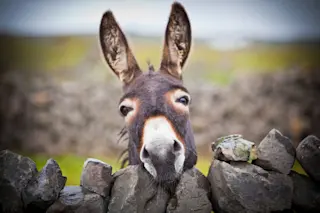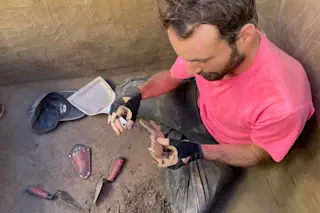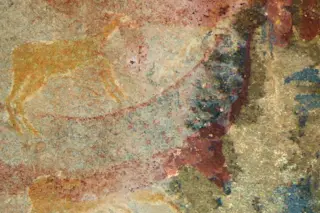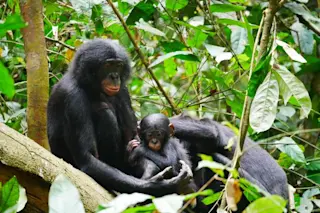Human remains found at a 7,000-year-old burial site in southwest Germany have markings similar to those found on animals that have been spit-roasted. According to lead researcher Bruno Boulestin, these markings are signs of cannibalism. The team also found cuts suggestive of meat being scraped from the bones, and bones with the ends broken, as if to facilitate scraping out the marrow.
Dr Boulestin said the cuts and markings on the bones provided evidence the bodies of the more than 500 victims, including children and fetuses, were intentionally mutilated, and the victims were butchered and eaten in the same way as animals [Physorg.com].
published in the journal Antiquity, could have another, less gruesome, explanation. The markings are also consistent with a reburial ritual in which flesh is scraped from the bone, according to researchers Miriam Haidle and Jorg Orschiedt. But Boulestin says he originally thought the same thing, until a ...














